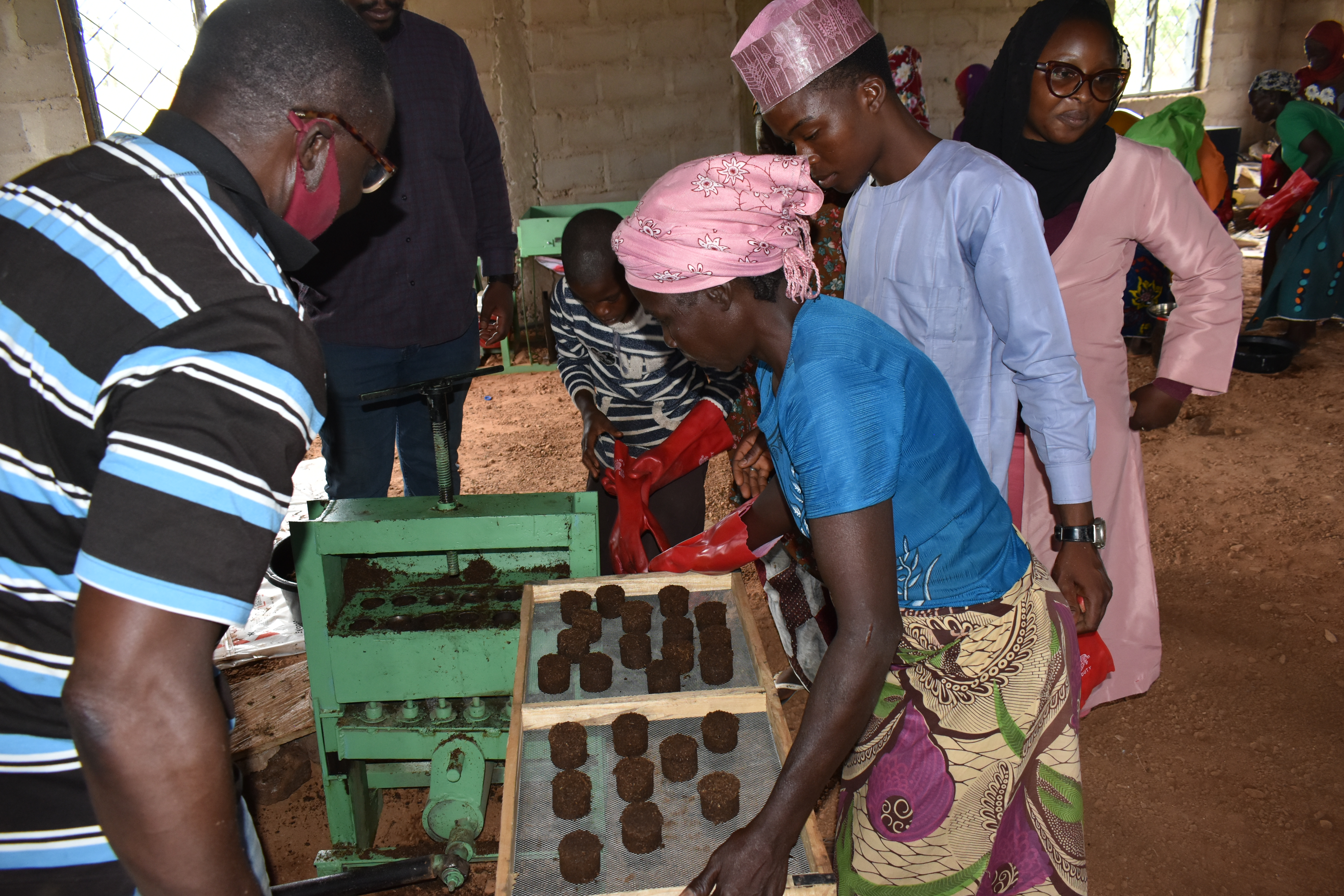Community-Based Capacity Training
Community-based Disaster Risk Reduction Capacity Training at GTWHI.
GTWHI
Representatives from Toh Aka Lane discussing the hazards, vulnerability to their living environment.
GTWHI
Representatives from Boon San Tong Khoo Kongsi presented the risk analysis of their building to other workshop participants.
GTWHI
Community-based workshops and awareness campaigns on Disaster Risk Reduction and Management have been organized by GTWHI for local communities. Representatives from local communities (caretakers of heritage buildings or residents alike) attended the trainings to identify risks, discuss preventive measures, and develop emergency actions. These sessions enhanced local communities understanding of disaster preparedness, enabling them to identify hazards, assess vulnerabilities and possible factors, as well as reducing the potential impacts of disasters on the site.
The workshops were structured as follows:
- Introduction of key concepts with examples, site mapping and imagination games.
- Participants shared disaster scenarios and proposed mitigation measures for people and heritage, drafting emergency response strategies.
- Participants detailed the risk analysis and identified possible actors and their roles before, during and after a disaster
- Participants presented their case studies with Standard Operation Plan for the before, during and after a disaster.
- Participants presented their cases at the Experience Sharing Workshop on DRR Strategy for Heritage Cities in Southeast Asia, the Pacific and Africa.
GTWHI organised several 2-hour workshops over 7 months, with gradual and progressive capacity building to introduce the DRR concepts to the local communities.
Capacity building and awareness raising are key for the execution of sustainable community-based capacity training. In particular, continuous and meaningful involvement of local communities in disaster risk prevention, planning, and management are critical to the project outcomes.
Thus, all capacity building activities are conducted using a language the local community most comfortable with, and sessions are conducted at the time that they are available (avoiding busy work periods and or timeframes during the day).
GTWHI moved away from jargon-oriented academic-compact workshop training styles and executed multiple-day workshops that use relatable and receptive terms and examples. GTWHI provided technical assistance to participants before, during and after their presentations, and offered participants chances and platforms in sharing their strategies with UNESCO as well as international and national agencies (for example the Fire and Rescue Department of Malaysia).
